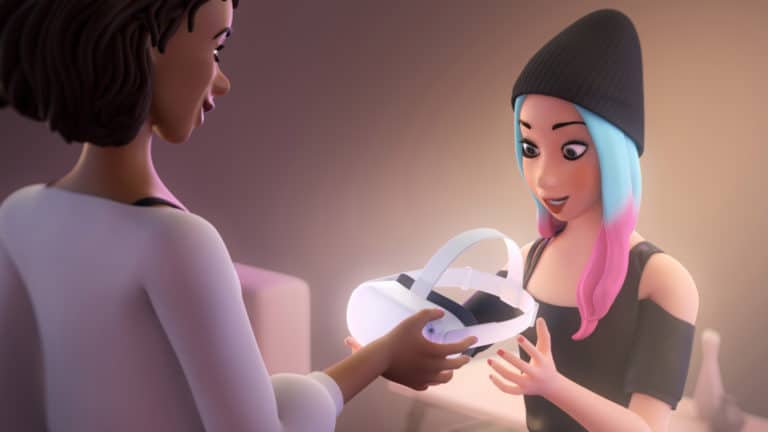
VR traction over the past few years has been slower than many had anticipated. But it’s still finding small wins and is growing at a fairly healthy pace. This leads to several questions such as who uses VR? What are their motivations? And what experiences resonate most?
So we set out for answers. Working closely with Thrive Analytics, ARtillery Intelligence authored questions to be fielded through its established survey engine to more than 98,000 U.S. adults. The result is Wave VI of the research, and a narrative report we published to unpack the results.
This is also the topic of the latest episode of ARtillery Briefs. Following the last episode on the corresponding AR survey data, we now dive into the consumer VR flavor of the study. You can see the episode in full below, along with narrative analysis and summarized takeaways.
Flywheel Effect
Starting at a high level, 23 percent of respondents have used or own a VR headset. They’re also engaging often, with 83 percent doing so monthly or more. This is a key finding given that VR adoption barriers can be high. So the name of the game is ease of use and replayability.
We see this product principle accelerating with the growth in standalone headsets like Meta Quest 2 that are more user-friendly and frictionless. Speaking of which, Quest (1 & 2) was a standout in this year’s survey, representing 34 percent of usage, up from 24 percent in Wave V.
This aligns with market evidence we’re separately tracking for Quest 2’s market share growth. And a lot of this is driven by Meta’s investments in VR. For example, a $399 price point flows from Facebook’s ability to cut into its own margins to stimulate growth.
Put another way, it’s intent on building a network effect and getting the VR flywheel spinning, which is classic Meta. Specifically, it believes that 10 million units is the magic number in terms of an installed base… and it’s willing to diminish its own margins to reach that goal.
At that volume (which may have happened recently), Meta believes there’s sufficient scale and financial incentive for developers to create experiences. Those experiences attract users, which in turn attract more developers, and the virtuous cycle (or flywheel effect) spins.
Meanwhile the practical outcome of Quest 2 pricing – though it recently went up due to macroeconomic factors – is that consumers get a device that’s cheaper than it should be. That drives Quest 2 sales….and makes it hard for margin-dependent OEMs to compete.
Keep it Simple
Speaking of price, the Wave VI survey results indicate that demand inflects at $200 and $400. This is in the sweet spot where Quest 2 resides, which is a result of the above Facebook motivations and its nuanced pricing strategy. This is also the price range for PSVR.
In fact, when we look Quest 2 and PSVR, they show the greatest satisfaction levels among all headsets in our survey results. This combination of low price and high satisfaction is validated by market evidence that signals Quest and PSVR as market share leaders.
So what lessons can we draw from these VR leaders? If we’re looking for commonalities, one is their simplicity in marketing and product positioning. They’re both highly curated experiences with plain-spoken marketing that focuses on fun, rather than hardware specs.
Indeed, both Quest 2 and PSVR are technically inferior to higher-spec’d PC-VR rivals, but they continue to gain market share (and satisfaction levels in our survey) despite that. This is a very Nintendo-like approach, and it’s working — a key lesson in today’s VR landscape.
Lastly, what about interest levels among non-VR users? It’s currently at a discouraging 18 percent, down from 20 percent last year. The disparity between current-user satisfaction, and non-user disinterest underscores a key challenge for VR: you have to experience it to really get it.
Selling TVs on the Radio
All of the above just scratches the surface, and you can see more in the full report, including per-headset breakdowns and other results. In closing, we’ll go back to VR’s marketing challenge in growing the user base: Non-users are mostly ambivalent to the technology.
This raises a classic chicken & egg dilemma: They have to try it first to really get it….but they’re uninterested in getting that first taste. That challenge is amplified by the fact that VR can’t be captured in video or traditional marketing. It’s like “selling TVs on the radio.”
So it will take time, acclimation, and cultural assimilation to get over this hump. Meanwhile, VR traction can also accelerate through continued downward pricing pressure, more content, and the lowered friction brought by standalone headsets. Fortunately, this is all underway.

